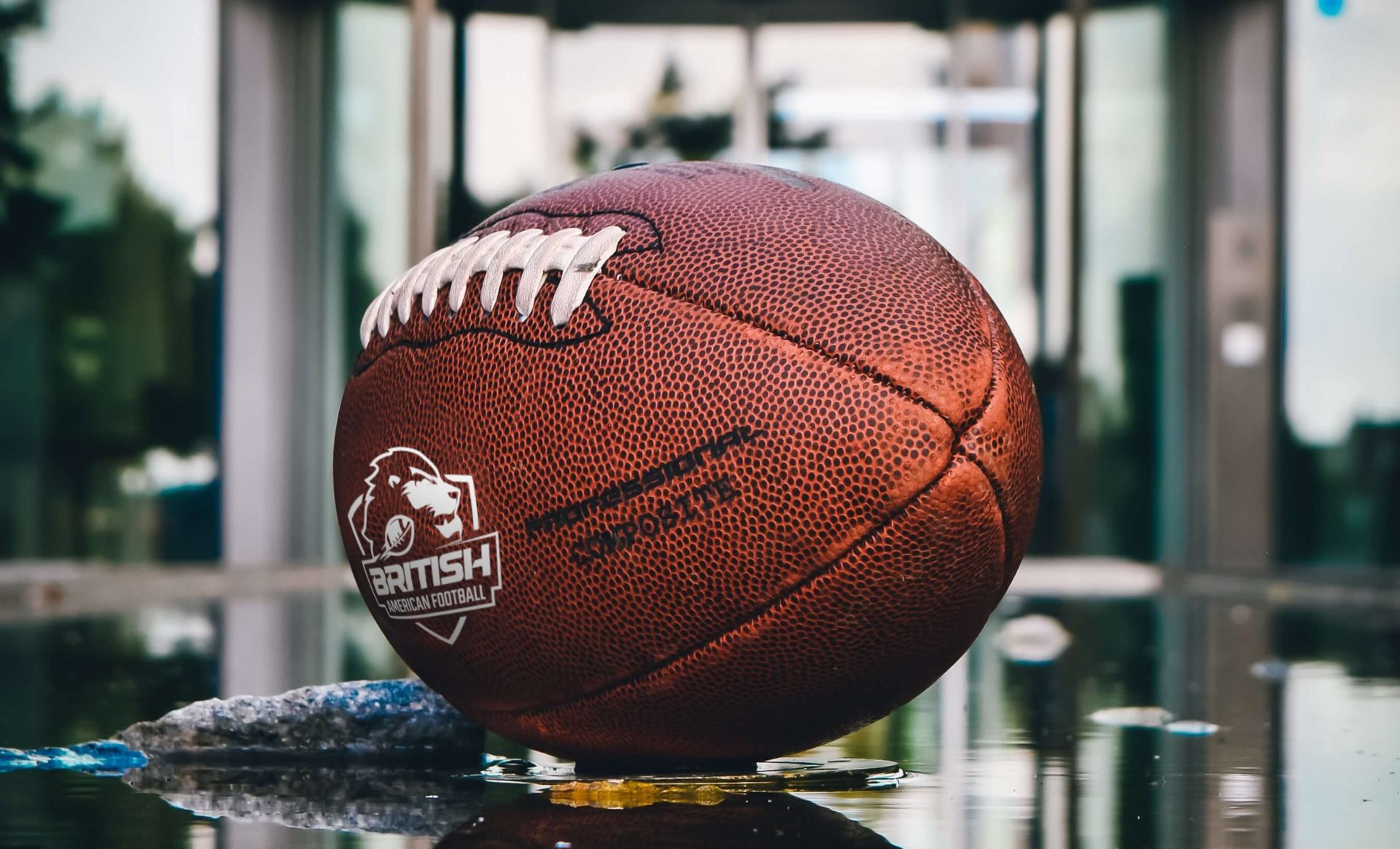The BAFA Rules Committee has announced the contact football rule changes that will be brought into play on 1st March (except for the remainder of the BUCS season). The BAFA changes also reflect changes made by IFAF and NCAA.
Minimum numbers
The rules have been adapted to allow competitions to set a minimum number of squad members (i.e. players in uniform) and minimum numbers and qualification levels of coaches. If the minimum number is not met at kickoff time, the game cannot start. However, if the numbers fall during the game (e.g. due to injury), lower minimums are specified. Each small-sided variant will have its own rule in this regard.
Field markings
Last year, we said that we were considering increasing the minimum length to 90 yards in 2023. In fact, we have decided to phase that in between 2024 and 2026. For 2024, it will be mandatory for NL Premier Division teams, extending to other adult NL teams in 2025 and BUCS teams in 2026. There will be a process for applying for an exemption for stadiums that are otherwise of high quality, or in an emergency if there has been a short-notice change of venue.
Medical facilities
The medical changes we announced last year take a further step up this year.
From this season, teams at Division 1 level and above must each have their own first aider, as well as the mandatory game medical cover. Since most teams have at least one first-aid trained coach, this should be easy to achieve, though teams will need to ensure that they have sufficient people trained to cope with absences. That rule will be extended to Division 2, BUCS and U-19 football in 2024.
From this season, Premier Division games will need to have an “immediate care practitioner” available – many games already have a medic with this slightly higher qualification. That will be extended to Division 1 in 2024, and to all adult football (including BUCS) in 2025.
We are grateful to the advice provided by a working group of the BAFA Sport Science and Medical Committee for prompting these changes.
Player safety
Perhaps the most significant change to the rule on blocking below the waist comes in this season. It has been tweaked many times in the past, but this year NCAA has decided to prohibit all low blocks outside the initial line charge and outside the tackle box. IFAF and BAFA have followed suit.
Player equipment and conduct
There has been much confusion in recent seasons about whether visors are clear or not. A new definition of clear (“Eyewear is not clear if it obscures a player’s eyes at any time from any angle or in any light condition.”) has been introduced. ‘Mirrored’ eyewear is also expressly prohibited. If your visor or goggles is/are not completely clear, don’t wear it/them.
The amnesty announced in 2022 for penalties for illegal jersey colours will extend into 2023. However, the penalty will come into force in 2024. Affected teams can choose whether to replace their jerseys by then or accept the penalties.
If a coach or sideline person in the team area is not on their team’s roster handed to the referee, they are now liable to be disqualified when discovered.
Penalty changes
- The penalty for making an illegal block by a player after making a fair-catch signal is reduced to 10 yards.
- The penalty for illegal touching of a pass has “loss of down” added to the 5 yards.
- Penalties for Team B unsportsmanlike conduct on pass plays now work the same as personal fouls. Usually, the penalty will be added to the end of the play (unless there is a change of possession).
- All defensive holding penalties will now carry an automatic first down in addition to the 10 yards.
- The penalty for a concussed player or one suspected of concussion returning to the game is now 15 yards in addition to being disqualified.
Other changes
- Fingerless gloves are now legal.
- There will be a 25-second play clock after a Team B touchdown.
- A rule that NCAA introduced in 2013 has now been adopted by IFAF. There now has to be a minimum of 3 seconds left on the clock in a quarter for a team to have time to spike the ball and run another play.
- If Team B has 12 men on the field and Team A runs out of time on the play clock because they are confused by the formation, the penalty will be on Team B, not Team A. This also applies if Team A take a timeout with 5 seconds or less on the play clock.
- The ball will be declared dead when a ball carrier simulates or fakes a feet-first slide.
- A team will not be sanctioned if assigned BAFRA officials don’t turn up, but a team may be if they have been given sufficient notice to arrange their own officiating cover.
- The referee must report a forfeited game. This includes any that ends early because a team concedes defeat.
Jim Briggs, Chairman of both the BAFA Rules Committee and the IFAF Rules Committee said, “Each year we make improvements to the rules to make the game safer and to encourage better sportsmanship. In particular, we are looking to gently raise standards of important facilities. We are always striving to bring greater clarity to players, coaches and officials about what is safe and fair.”
There are a number of other minor rule changes. The full list is available here in PDF format. Note that the rulebook on the BAFA rules website has been updated with these changes.
Important links
- Full list of 11-on-11 rules changes for 2023
- Full 2023 rulebook (PDF and HTML versions)
- BAFA rules website

